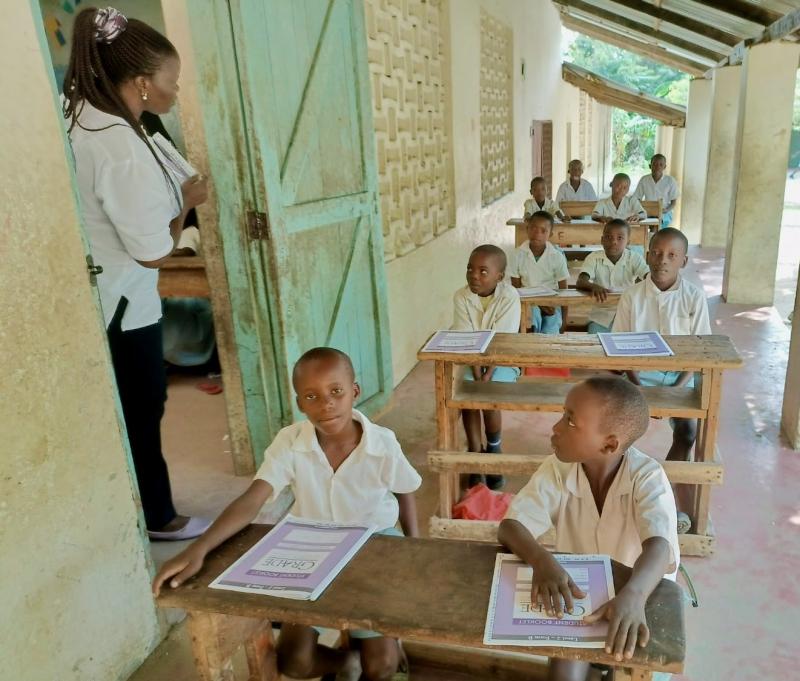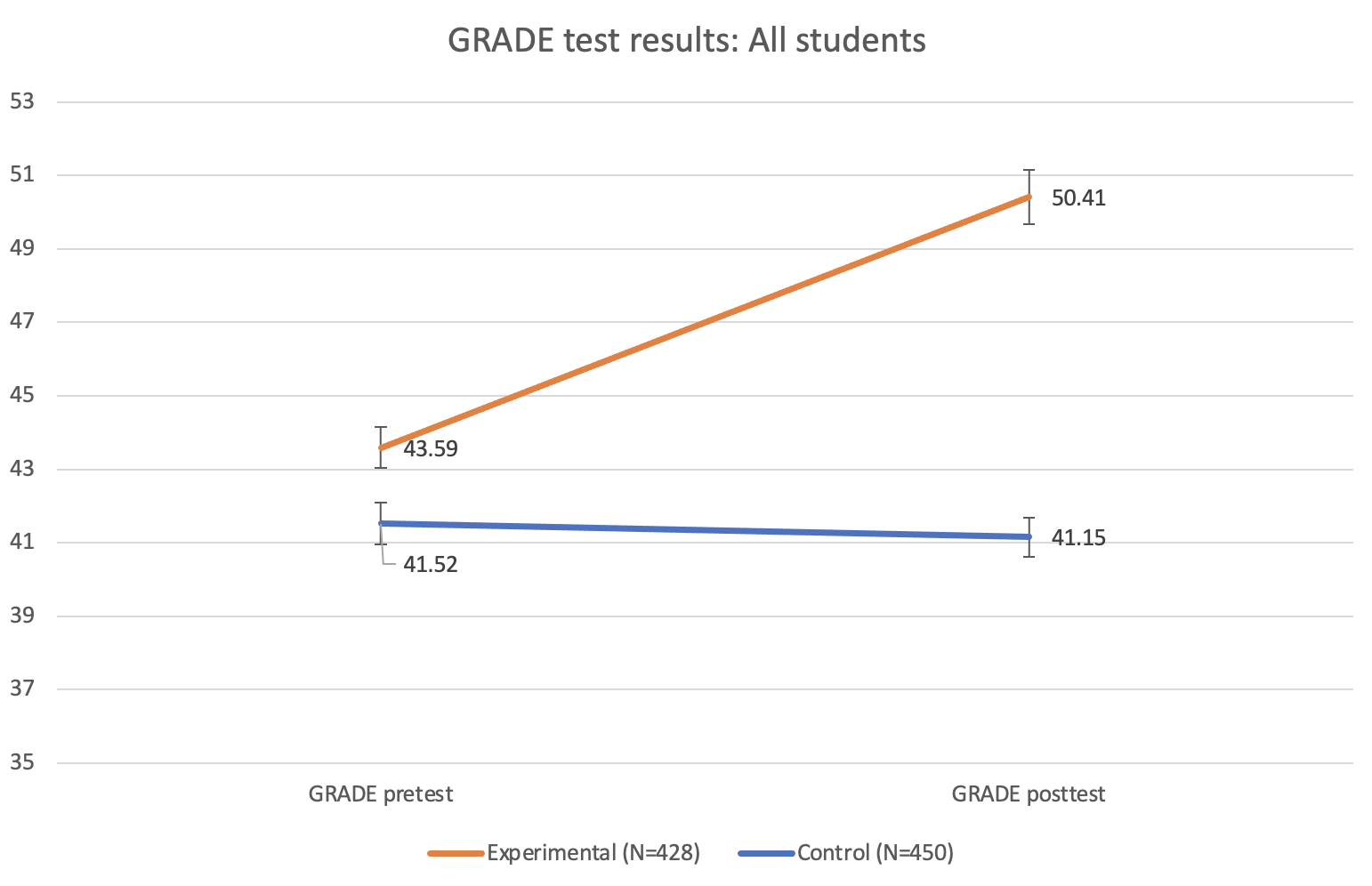
"If we want students to learn, the most critical element is the teacher. So professional development is the overall most important thing we can do to help students learn." - a school principal on Edutopia
It is no secret that increasing the quality of teacher professional development (TPD) has been a global concern for educational systems. With the growing accessibility of digital technologies, educational communities have turned their attention to digital technology as a means to provide effective professional learning to teachers across different geographies and time frames. This can be achieved by offering high-quality content, impactful tools and activities, and opportunities for interaction.
Uniting representatives from Concordia University, the Aga Khan Schools, World Vision and Wilfrid Laurier University, and with support from the Global Partnership for Education (GPE) Knowledge and Innovation Exchange (KIX), a joint endeavour with Canada’s International Development Research Centre (IDRC), our team has been working on a program that brings effective literacy instruction to early primary classrooms in Kenya for some time now. The program consists of two components: professional development that utilizes technology to drive teacher learning at scale, and interactive literacy software called ABRACADABRA (ABRA), which serves as a tool to enhance instruction and should be used in combination with effective practices of literacy teaching.
Guided by the research and using an iterative instructional design, our TPD blends online delivery with in-person sessions to address teachers' need for face-to-face contact, while providing the flexibility of online access. Using a modular approach, the TPD supports teachers’ learning in various aspects of effective literacy instruction, including alphabetics, fluency, and reading comprehension, while also addressing pedagogical strategies such as differentiation and cooperative learning. It features the use of communities of practice, review sessions, and the development of teacher portfolios, and each module culminates in a Showcase event where teachers share their learning.
To examine the effects of the TPD program on teachers' instructional practices and students' learning achievements, we conducted a validation study of the blended TPD. In May 2022, 333 primary teachers from the Coastal and Western regions of Kenya enrolled in the Alphabetic TPD module, which consisted of three face-to-face and nine online sessions over a 15-week period. A subgroup of these teachers was required to apply their learning by integrating ABRA into their literacy instruction on a weekly basis as the module unfolded. To compare improvements of teaching and learning in ABRA classes, we selected matching classrooms where students learned how to read in a traditional way. Hence, the study involved 11 ABRA teachers and 11 control teachers, with a total of 428 and 450 grade-two and grade-three students, respectively. We collected classroom, teacher, and student data in all classes before, during, and after program completion. To measure changes in student reading skills, we used Group Reading Assessment and Diagnostic Evaluation (GRADE), a standardized test of reading ability.
Preliminary findings have emerged from this study. For instance, the blended TPD appears to be highly effective. We observed noticeable growth in teachers' knowledge and confidence. Namely, the teachers who participated in the program showed improved understanding of early literacy development and how to apply this in their teaching. This finding is supported by the student achievement data, which indicate substantial gains for students in ABRA classes (Figure 1).
Overall, compared to the control students whose performance remained stagnant, ABRA students demonstrated an 18-percentile-point improvement in their reading skills. Specifically, there was a significant effect of ABRA on students' reading skills (Cohen's d=0.47).
 Figure 1
Figure 1
Accounting for student factors such as gender, grade level, geographic area, and baseline ability in the analyses consistently revealed benefits for ABRA students. For instance, girls in ABRA classes outperformed girls in control classes by 18 percentile points (Cohen's d=0.47). Also, students of both grades showed significant improvement with the highest increase for grade-three students, reaching 29 percentile points compared to their peers in control classes (Cohen's d=0.79). Further, ABRA students from semi-urban and rural communities consistently and significantly outperformed their control peers. Notably, the effects of ABRA on reading gains in rural schools were even higher, reaching 18 percentile points (Cohen's d = 0.47). Finally, the most remarkable outcome of this study was the impact of ABRA instruction on low-reading students, who showed a 46-percentile-point improvement compared to the high readers in the control group. This implies that contrary to the well-known “Matthew’s effect”, which suggests that the differences between high- and low-ability students increase as they progress through school, the gap between high and low readers shrunk dramatically as a result of ABRA intervention.
These research findings indicate the effectiveness of the two-pronged ABRACADABRA program: technology-driven blended professional development for primary teachers and the implementation of learning technology for their students. Indeed, teachers and students are the beneficiaries of the program. While the analysis and interpretation of teacher data are still ongoing, we have observed positive shifts in teacher practices and substantial student learning outcomes. In the context of Kenyan public primary schools, where class sizes are large (with an average class size of 60 students in this study) and technology resources are sparse (with an average of 3-4 students sharing a device in this study), ABRA proves to be an impactful tool in the hands of regular classroom teachers, benefiting all students and particularly those who struggle with reading and are in dire need of pedagogical help. These results suggest that we have made an important step forward in designing a scalable and effective model of TPD that enables teachers to learn and implement effective literacy instruction helping their students of diverse needs to learn.
As the school principal quoted on Edutopia rightly emphasized, teacher professional development plays a pivotal role in promoting student learning. This study of the ABRACADABRA program demonstrates that empowering teachers can improve student outcomes. By continuing to refine this program, we can provide many more teachers and their students with the opportunities they deserve.
